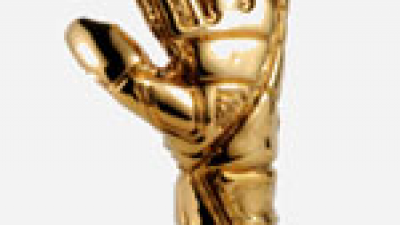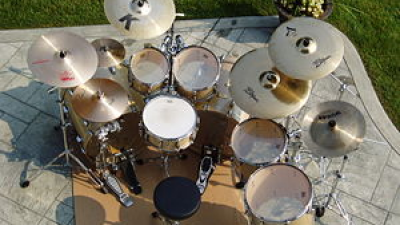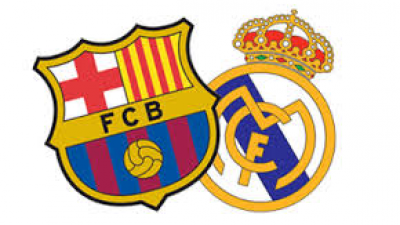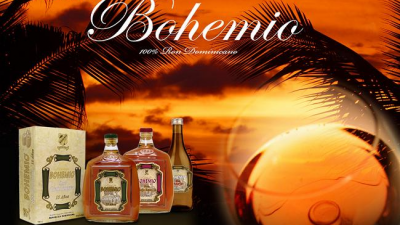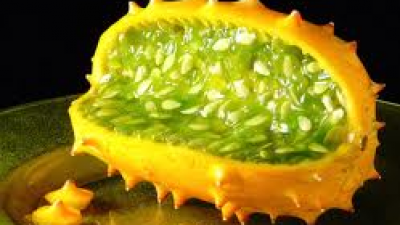The best pets in the World Cups
|
SPORT
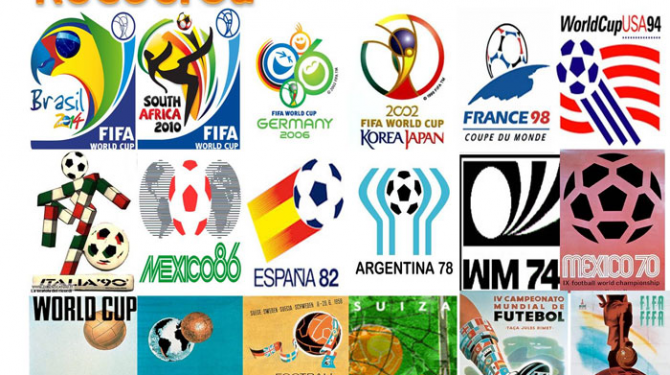
Source: listas.20minutos.es
Each Soccer World Cup has its own pet from 1966. The first mascot was the World Cup Willie of the 1966 Soccer World Cup held in England. It was also one of the first pets associated with an important sporting event. The design of the pet generally represents characteristics of the host country (customs, clothing, flora, fauna, etc.). The World Cup soccer mascots are focused on children, with television shows and merchandising.
TOP 13:
Tip and Tap (Germany 1974)
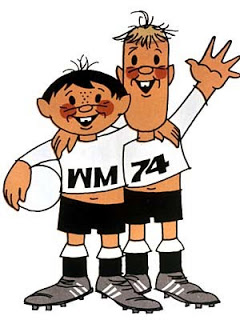
Two German soccer players with the acronym WM (Weltmeisterschaft, World Cup in German).
TOP 12:
Ciao (Italy 1990)
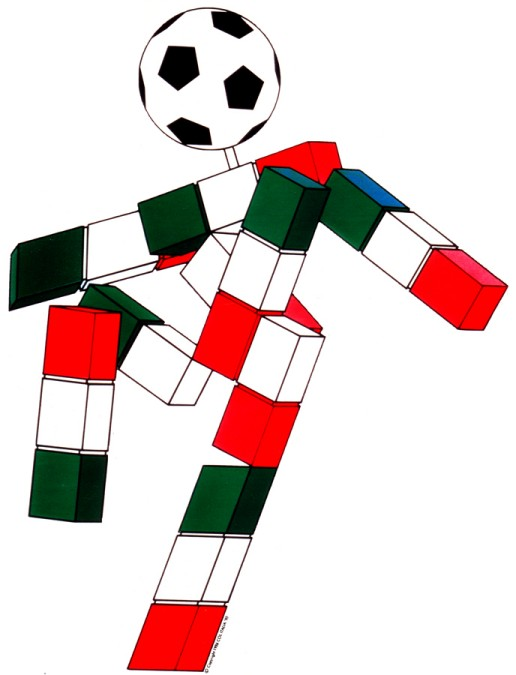
Bars with the colors of the Italian flag that represented a football player (His name is an Italian greeting given in the same language).
TOP 11:
The Spheriks: Ato, Kaz and Nik (South Korea and Japan 2002)
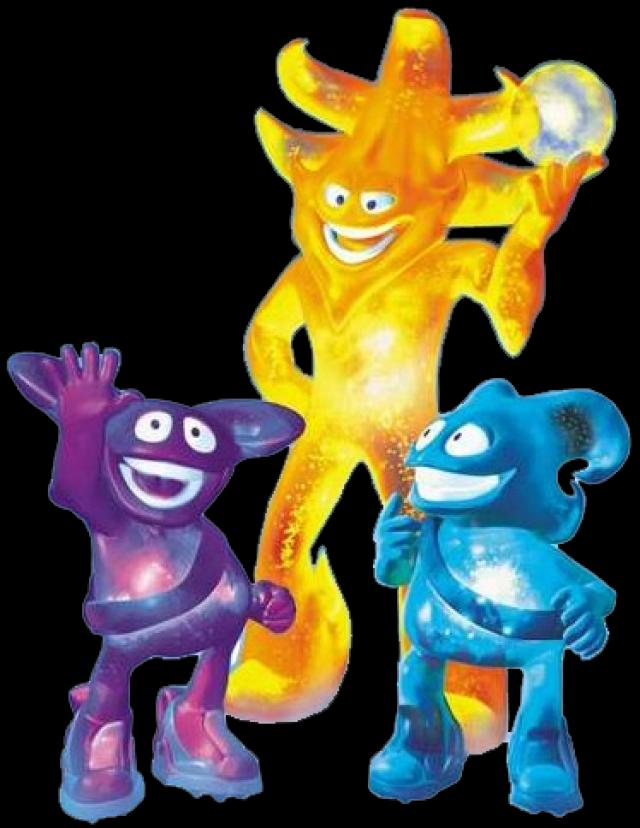
Futuristic creatures
TOP 10:
Goleo VI and Pille (Germany 2006)
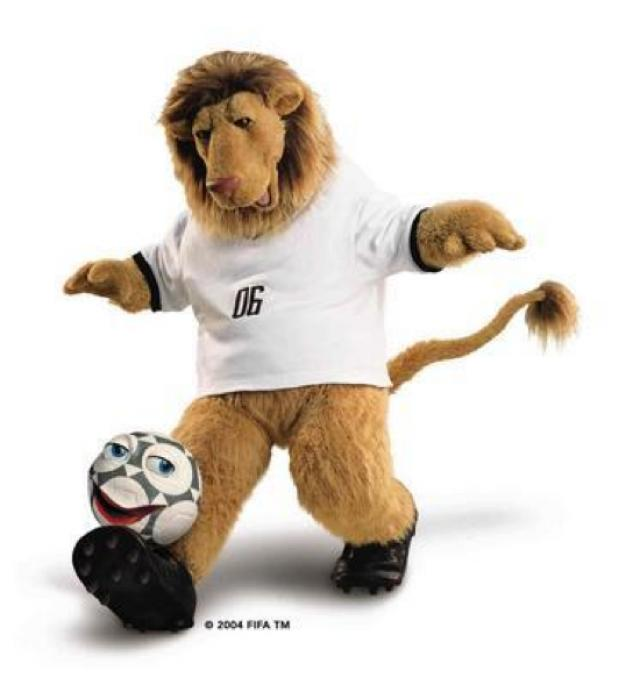
Lion soccer player and soccer ball.
TOP 9:
World Cup Willie (England 1966)
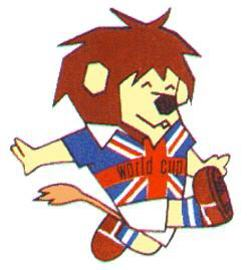
Lion soccer player (Traditional symbol of England)
TOP 8:
Juanito (Mexico 1970)
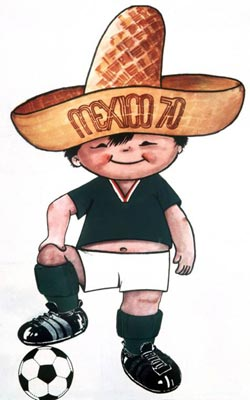
Mexican boy with characteristic hat
TOP 7:
Striker (United States 1994)
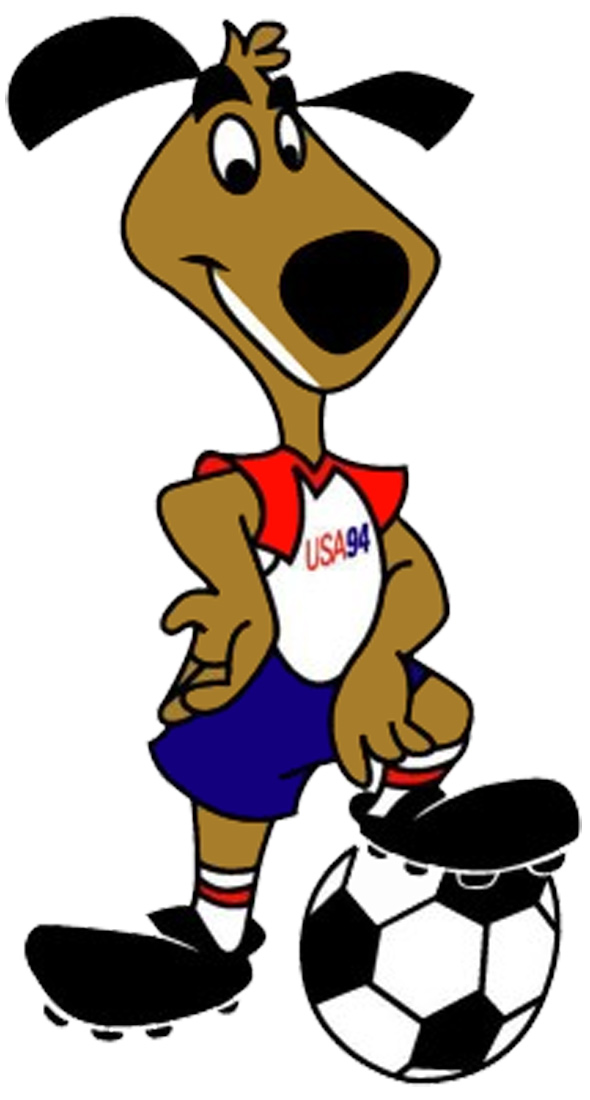
Footballer dog.
TOP 6:
Naranjito (Spain 1982)
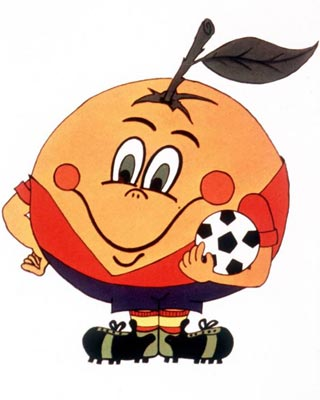
Orange with the football uniform of Spain (Fruit characteristic of the country)
TOP 5:
Footix (France 1998)
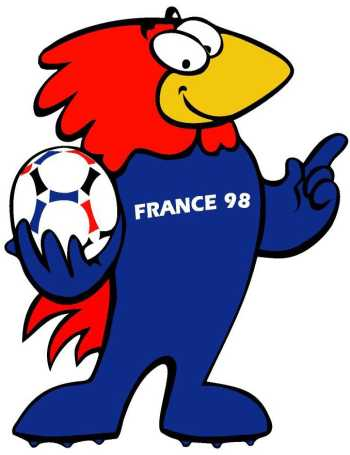
Domestic rooster with the colors of the country.
TOP 4:
Gauchito (Argentina 1978)
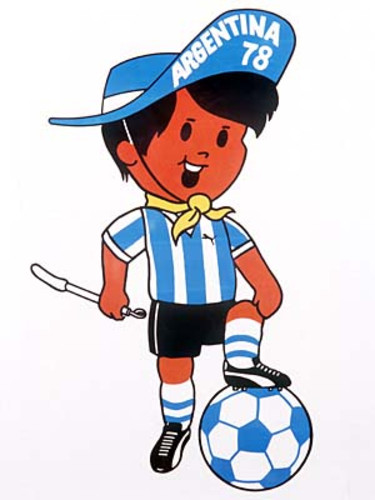
Argentine boy with gaucho clothes.
TOP 3:
Pique (Mexico 1986)
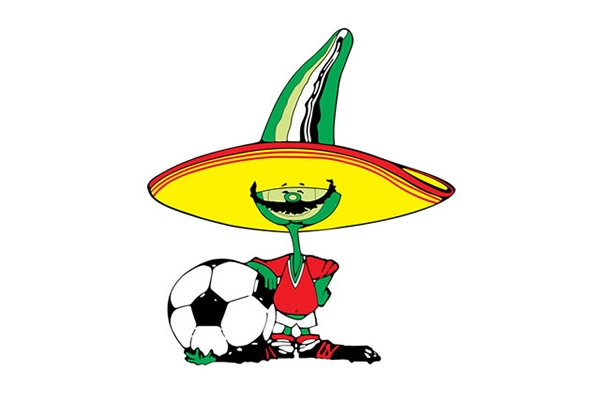
jalapeno pepper
TOP 2:
Zakumi (South Africa 2010)
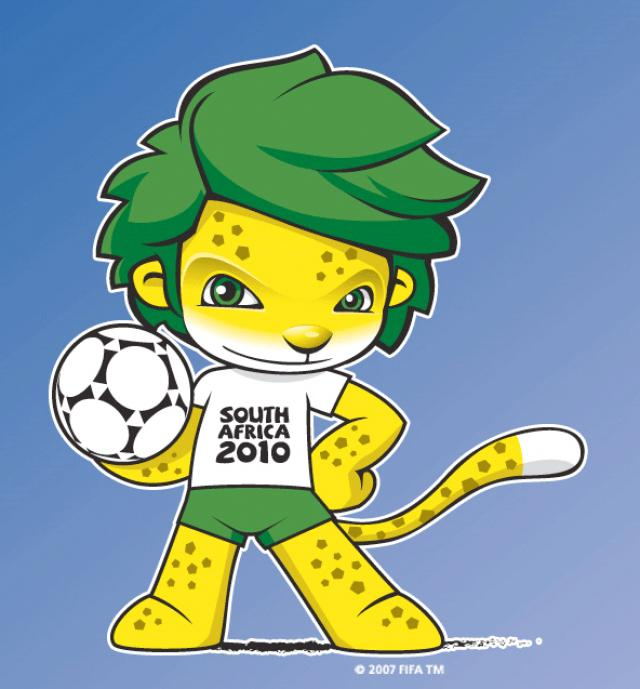
African leopard (Feline known and common in South Africa; Name formed by two African words).
TOP 1:
Fuleco (Brazil 2014)
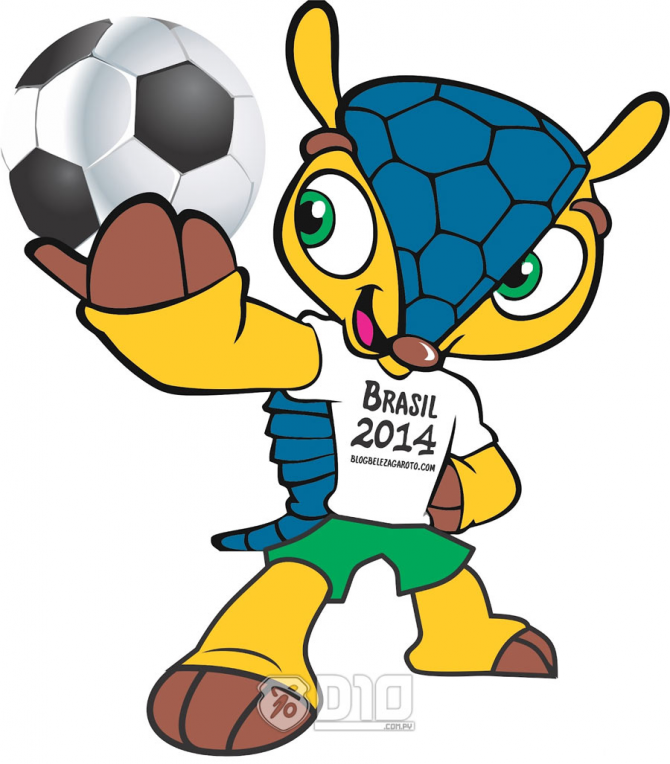
Brazilian three-banded armadillo (Mammal characteristic of Brazil and other countries).

